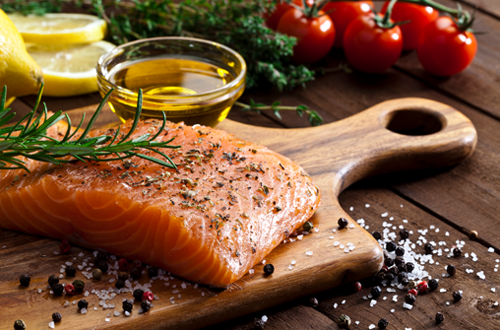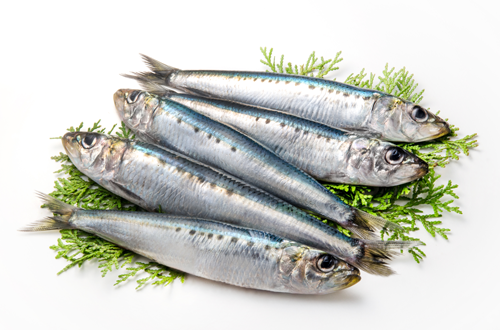By Chad Ruiz
It’s ubiquitous, it’s renewable, it’s extremely healthy and now Americans are finally buying into its nutritional benefits. It’s fish and it’s catching on according to the most recent study published by NOAA’S National Marine fisheries service.
Since 2013, fish consumption in the US has been on a steady climb; enough so that the US now ranks second in seafood consumption, behind China. The Office of Disease Prevention and Health Promotion suggests Americans should consume between eight and 10 ounces of seafood each week – and for good reason.
Loaded with omega-3 fatty acids, fish is a staple of the Mediterranean region. Studies show the people of this region suffer with heart disease and other inflammatory disorders less than any other locale.
“Adherence to a Mediterranean diet confers a considerable reduction on Cardiovascular Disease (CVD) risk…even subjects with unhealthy lifestyle behaviors may benefit from adherence to this diet…” states the ATTICA study published by several institutions including the University of Athens in Greece.
Omega-3s are a vital part of cellular function but unfortunately, the body can’t produce these essential fats on its own. Thankfully, fish is loaded with omega-3s, more so than any other food group.
“…omega-3 fats have been shown to help prevent heart disease and stroke, may help control lupus, eczema, and rheumatoid arthritis, and may play protective roles in cancer and other conditions,” reports the Harvard T. H. Chan School of Public Health. Additionally, the Environmental Defense Fund’s (EDF) Seafood Selector suggests this super fat also aids depression and halts mental decline in seniors.
If you’re not a fan of fish or cooking fish (or cooking in general), taking fish oil supplements is another way of consuming adequate omega-3s. However, the EDF cautions that fish oil capsules can accumulate contaminants so they suggest buying products made from purified fish oil.
When picking fish at the grocery, the EDF advises consumers to choose eco-friendly varieties high in omega-3 fats and low in contaminants. Check out the EDF’s guide for picking the healthiest fish at www.seafood.edf.org/guide/best.

Picking fish rich in omega-3 fatty acids, low in contaminants and eco-friendly:
- Albacore tuna from U.S. and Canada
- Wild salmon from Alaska (fresh, frozen or canned)
- Arctic Char
- Atlantic mackerel
- Sardines
- Sablefish
- Anchovies
- Rainbow trout
*According to the Environmental Defense Fund Seafood Selector




